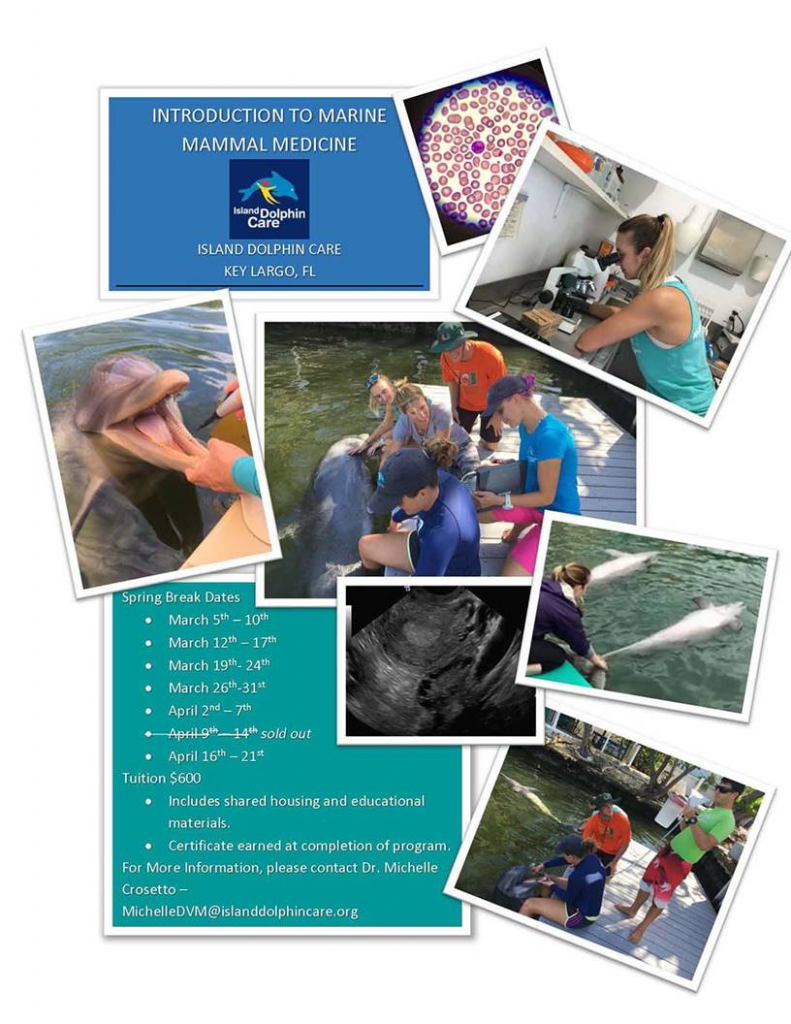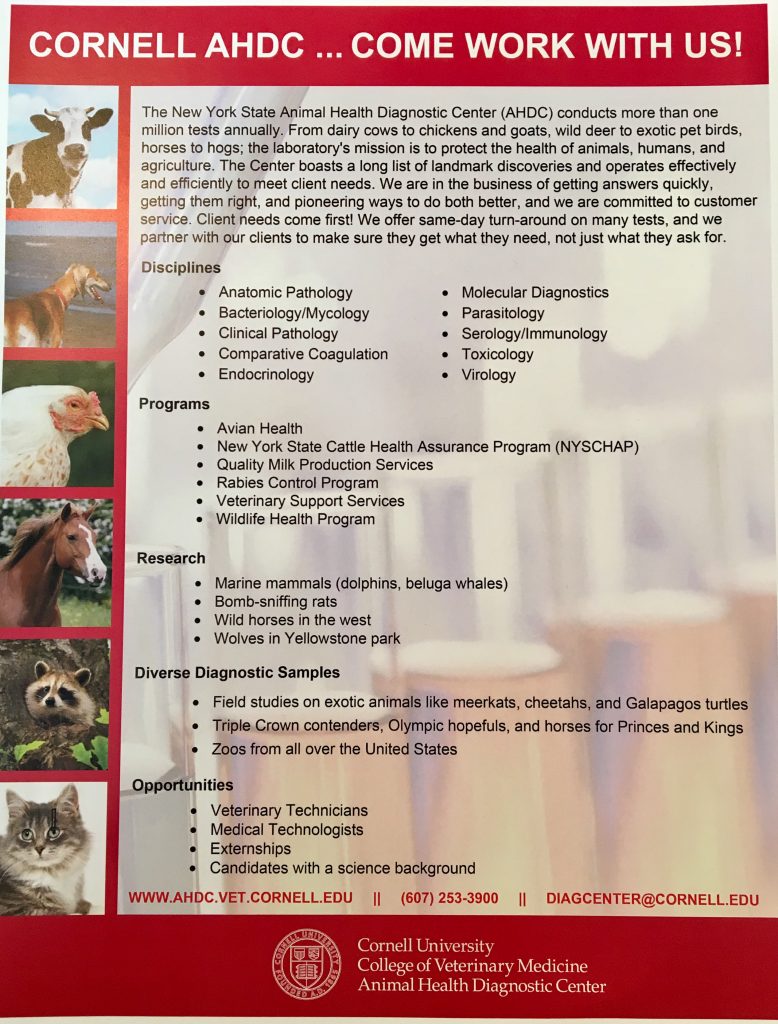 Last year at the special species symposium, I had the pleasure of hearing Dr. Bill Swanson speak about his work at CREW, the Cincinnati Zoo and Botanical Garden’s Center for Conservation and Research of Endangered Wildlife. CREW applies assisted reproductive technologies for the conservation and propagation of wild animals, especially rhinos, bears and felids. One of their major priorities is to collect and cryopreserve sperm from all the males within zoo-housed populations. The frozen sperm is stored in CREW’s CryoBioBank, which can provide samples for future artificial insemination procedures and serve as a safeguard against the loss of genetic diversity.
Last year at the special species symposium, I had the pleasure of hearing Dr. Bill Swanson speak about his work at CREW, the Cincinnati Zoo and Botanical Garden’s Center for Conservation and Research of Endangered Wildlife. CREW applies assisted reproductive technologies for the conservation and propagation of wild animals, especially rhinos, bears and felids. One of their major priorities is to collect and cryopreserve sperm from all the males within zoo-housed populations. The frozen sperm is stored in CREW’s CryoBioBank, which can provide samples for future artificial insemination procedures and serve as a safeguard against the loss of genetic diversity.
At the symposium, Dr. Swanson discussed the artificial insemination surgeries and new technologies that were being used in the veterinary field for conservation and research purposes, and I truly fell in love with the idea of wildlife theriogenology. Upon completion of the symposium, I reached out to Dr. Swanson, who then put me in contact with Dr. Lindsey Vasandt, the Director of the Imperiled Cat Signature Program. She was quick to respond, and suggested a zoom meeting, one in which we ended up discussing my career interests, plans for the future, etc. Not only was she very reassuring when it came to my newer interest in reproduction, but also gave quite a bit of advice and ideas for my future career path. During our talk, she mentioned that CREW frequently hosts student externs that are interested in wildlife theriogenology, and I expressed my interest in doing such during a break in vet school. Once we lined up our schedules, we decided on a two-week externship during winter break.

While externing at CREW, I had the opportunity to travel to the Chattanooga Zoo, TN and Toledo Zoo, OH, where three snow leopards and one jaguar were scheduled to be anesthetized for their annual physical examinations and we opportunistically decided to perform reproductive exams (and semen collection in the males). In the female snow leopard, we performed a reproductive exam along with an endoscopy to investigate a potential muco/hydrometra that had previously been found on diagnostic imaging. In the two male snow leopards and one male jaguar, we performed reproductive examinations as well as semen collection via electroejaculation. I had the amazing opportunity to take an active part in the process by helping with the examinations as well as running the machine for the electroejaculations. I then aided in the process of semen freezing via cryopreservation for storage in the “frozen zoo” held at the CREW facility, working on a step-by-step basis set by protocols for ensuring proper additive amounts and hopefully, freezing success. Once we returned to the CREW facility, I helped in the preparation of a genetic study in their domestic cat population by performing castrations, assisting with semen collections via electroejaculation and urinary catheter placement, and blood work on four males. My first ever neuters!

My favorite memory would have to be my first semen collection. Not only was it on a jaguar, which is a truly remarkable species, but we collected over a billion sperm total from him (that is quite a lot, especially for a feline). This is something I will never forget, no matter how silly it might sound. Knowing how important it is for preserving genetics for generations to come, it felt so good to know that we collected and stored so many chances for future jaguar conceptions. This is huge in the field of conservation, and who doesn’t love the idea of baby jaguars!
I went into the externship most excited to work with snow leopards, a species that I have always idolized and dreamed of working with. It was so rewarding to not only see these animals up close and personal, but contributing to their future successes in reproduction made me feel like I was truly making a difference. I have to say they were a lot fluffier then they even look, and I was in complete awe of their huge tail, which was both long and thick with fur. This experience truly made me fall in love snow leopards, making their way towards the top of my list when it comes to favorite animals. I was so lucky to get the chance to work with them, and have since heard and seen so many success stories in snow leopard breeding across the country, making my time with them just that much more memorable.
During this experience, I truly found a path in veterinary medicine that I am confident in and proud of pursuing. I learned so much about myself, my aspirations, and the veterinary community, and I feel like I gained such a higher appreciation for conservation medicine and all of the factors that go into to ensuring the safety of animals for generations to come. I also found such a great mentor in Dr. Vansandt, and she is someone I feel as though I can always turn to for career and professional advice, questions, and concerns. I look forward to staying in contact with her for the rest of my veterinary school experience and beyond.
 I have always been interested in pursuing a career in zoological medicine, a field that I find intriguing and necessary for ensuring the protection of wildlife and educating people around the world. However, my interest in reproductive medicine/theriogenology has grown over the years, especially considering its impact on conservation. Growing up, conservation was always the number one factor I had on my mind when it came to my career, and knowing that I can tie my passion for both zoological medicine and reproduction brings me nothing but excitement. This externship allowed me to explore what a career in this field can look like, and how I can tie these two loves together in a practical and achievable way. My time at CREW also allowed me to grow my understanding of the impact and importance of research on conservation, highlighting how much I would like to incorporate it into my future career.
I have always been interested in pursuing a career in zoological medicine, a field that I find intriguing and necessary for ensuring the protection of wildlife and educating people around the world. However, my interest in reproductive medicine/theriogenology has grown over the years, especially considering its impact on conservation. Growing up, conservation was always the number one factor I had on my mind when it came to my career, and knowing that I can tie my passion for both zoological medicine and reproduction brings me nothing but excitement. This externship allowed me to explore what a career in this field can look like, and how I can tie these two loves together in a practical and achievable way. My time at CREW also allowed me to grow my understanding of the impact and importance of research on conservation, highlighting how much I would like to incorporate it into my future career.

My best recommendations to students interested in pursuing a career in the wildlife/zoo field would be to take every opportunity you get and run with it. Whether it aligns with your career path or not, you never know how much an experience can influence your clinical skills, professionalism, or even your growth as an individual. I have experience in lab animal medicine, wildlife rehabilitation, and production animal medicine to name a few, all of which have shaped me into the person I am today. As a future vet, it is so important to value every animal, no matter how big or small, scaly or furry. Every animal, every experience and every moment matters when it comes to becoming your best self as a professional and individual, so that one day you can make valuable contributions to the field of veterinary medicine.

My name is Natalie Smith and I am in the class of 2027. I am originally from Youngstown, NY and I obtained my BS in Biomedical Science: Medical and Veterinary Sciences from the University of New Hampshire in May 2022. I am interested in pursuing a career in zoological/wildlife conservation medicine with a focus in theriogenology for conservation purposes. I also am very passionate about travel, so I would love to incorporate it in my future career. I am a huge proponent of mental health and love to share my experiences and advice for vet school via social media @natalie.vet !!



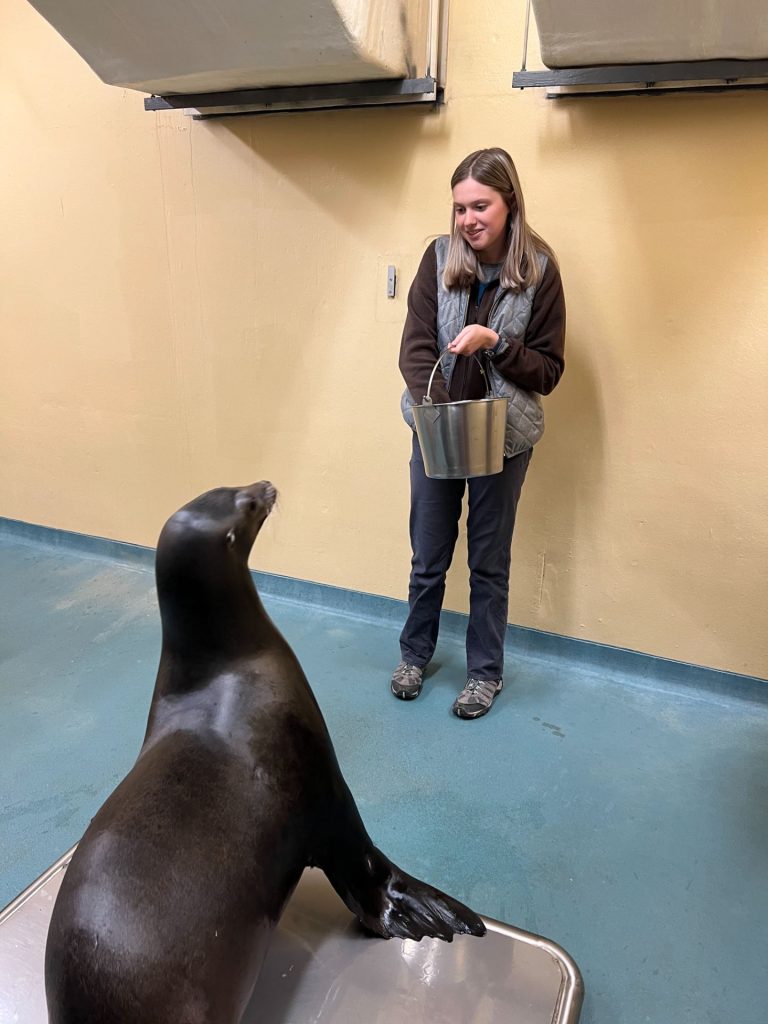
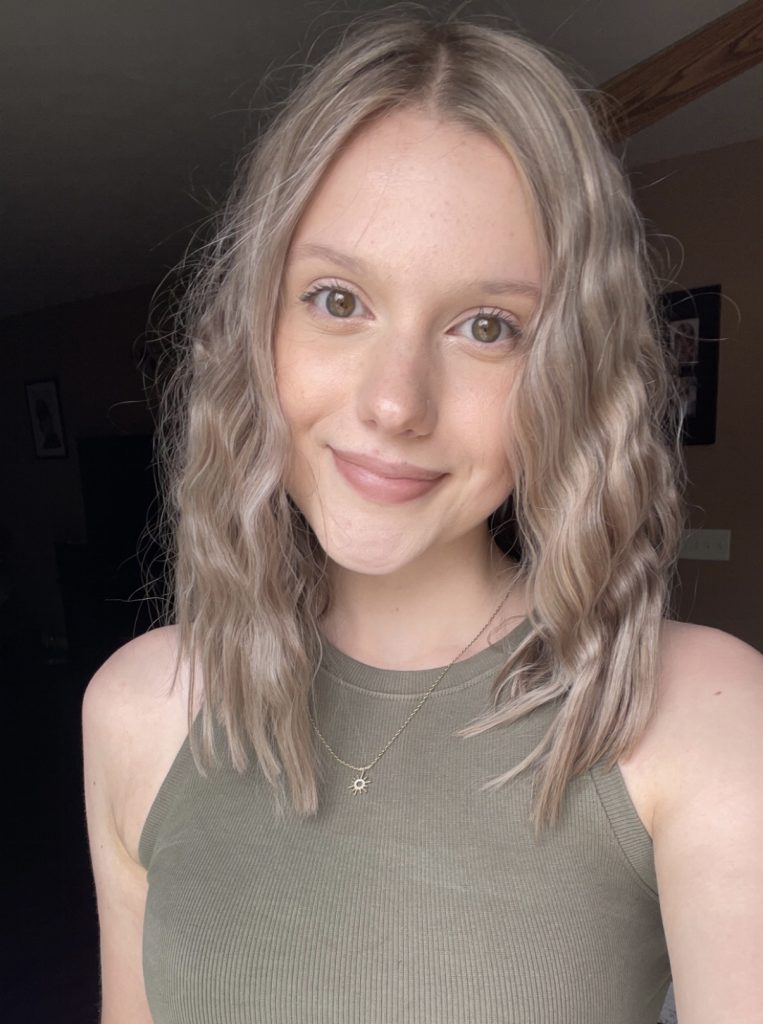
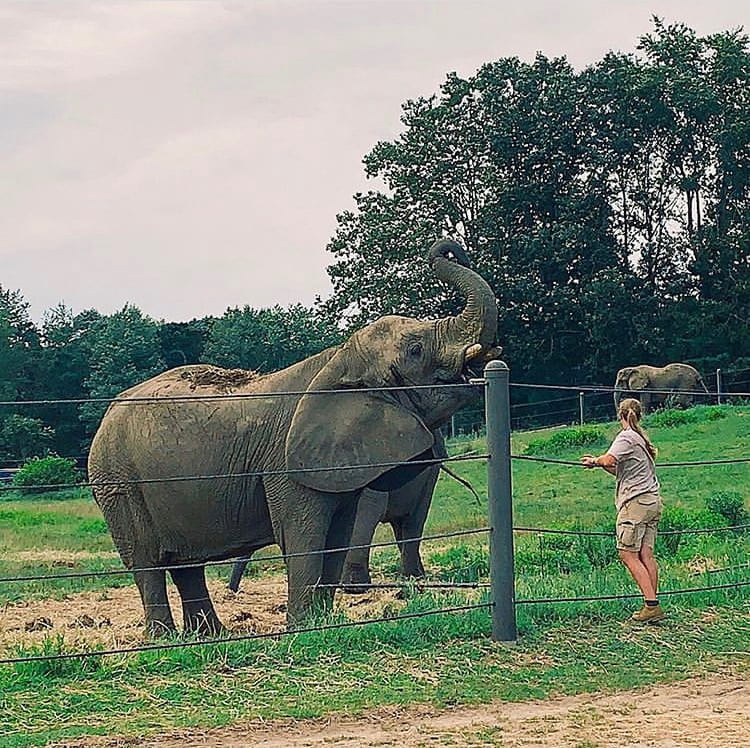 Why did you choose to pursue this particular experience?
Why did you choose to pursue this particular experience?
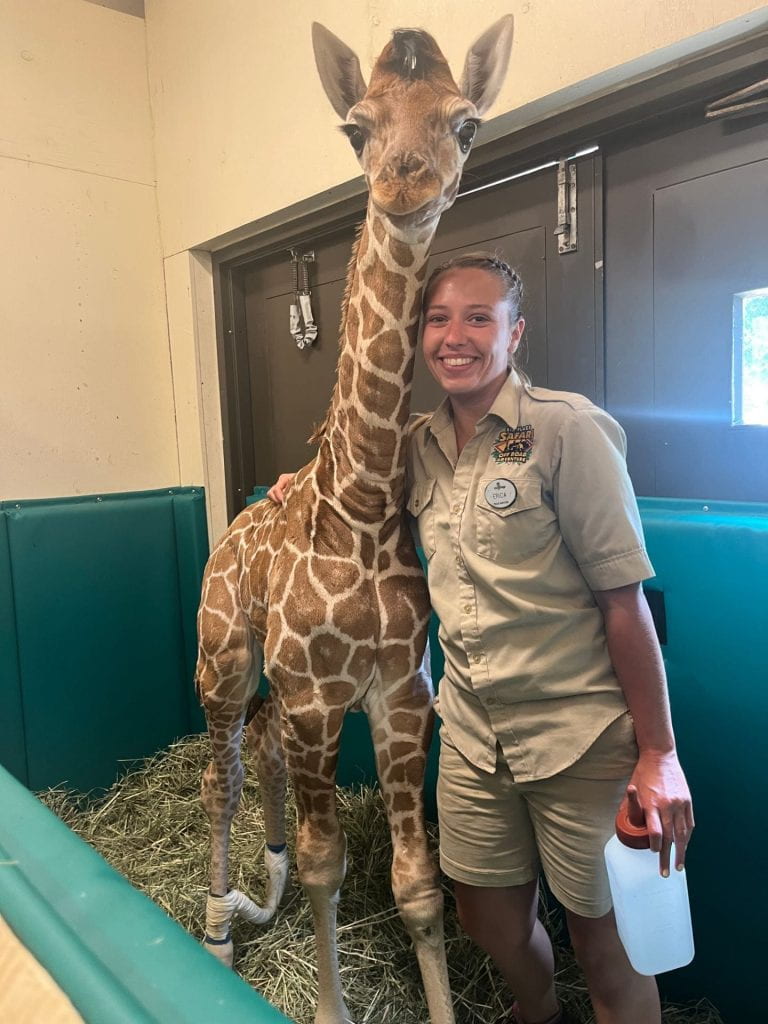 What species did you enjoy working with the most?
What species did you enjoy working with the most?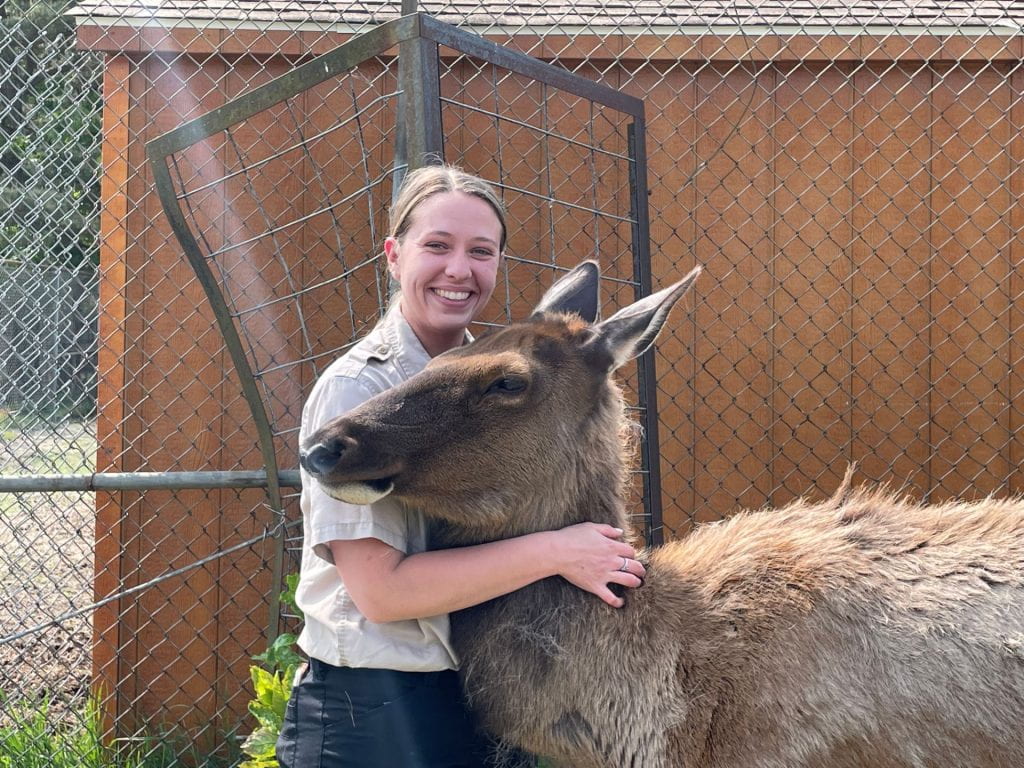
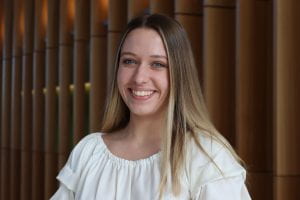
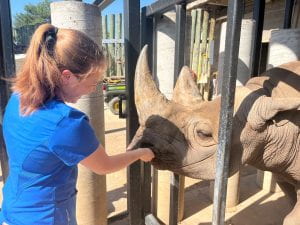
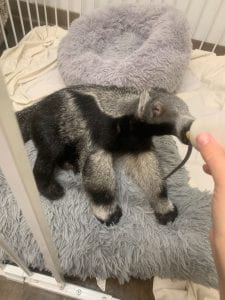
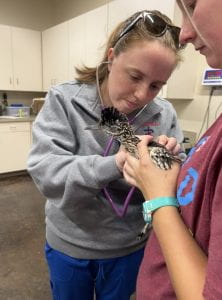
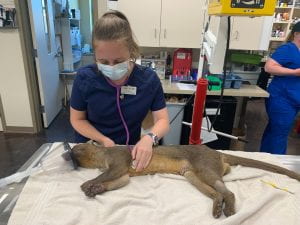
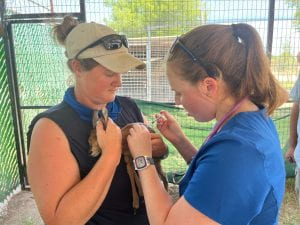
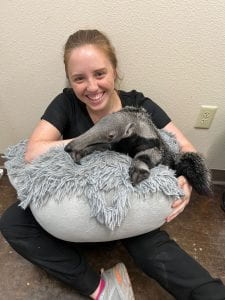
 Colleen Sorge, Class of 2024, is a Cornell DVM student from Long Island, NY. She obtained her undergraduate degree in Animal Science from Cornell University in 2020. She has a wide range of interests within the veterinary field, including both small animal and wildlife medicine.
Colleen Sorge, Class of 2024, is a Cornell DVM student from Long Island, NY. She obtained her undergraduate degree in Animal Science from Cornell University in 2020. She has a wide range of interests within the veterinary field, including both small animal and wildlife medicine.
 For students looking to enter the increasingly competitive field, Dr. Radcliffe’s first suggestion is to capitalize on the opportunities we have here at Cornell Vet. “I think there’s a lot of expertise here at Cornell and there’s a lot of opportunities.” These include Engaged Cornell, Expanding Horizons, and a myriad of courses aimed at students interested in pursuing careers in zoo, wildlife, and exotics medicine. Dr. Radcliffe teaches a 3-part course called Conservation with Communities for One Health, which reflects the multi-disciplinary mindset crucial to effective conservation work. Both undergraduate and veterinary students are able to take this course, and a subset of them travel in teams to field sites in the Congo, Uganda, and Indonesia to participate in projects with institutions that Dr. Radcliffe has built relationships with over the years, including the Jane Goodall Institute and WWF-Indonesia. Coursework aside, Dr. Radcliffe encourages students to take advantage of networking opportunities and to pursue externships that excite them.
For students looking to enter the increasingly competitive field, Dr. Radcliffe’s first suggestion is to capitalize on the opportunities we have here at Cornell Vet. “I think there’s a lot of expertise here at Cornell and there’s a lot of opportunities.” These include Engaged Cornell, Expanding Horizons, and a myriad of courses aimed at students interested in pursuing careers in zoo, wildlife, and exotics medicine. Dr. Radcliffe teaches a 3-part course called Conservation with Communities for One Health, which reflects the multi-disciplinary mindset crucial to effective conservation work. Both undergraduate and veterinary students are able to take this course, and a subset of them travel in teams to field sites in the Congo, Uganda, and Indonesia to participate in projects with institutions that Dr. Radcliffe has built relationships with over the years, including the Jane Goodall Institute and WWF-Indonesia. Coursework aside, Dr. Radcliffe encourages students to take advantage of networking opportunities and to pursue externships that excite them.


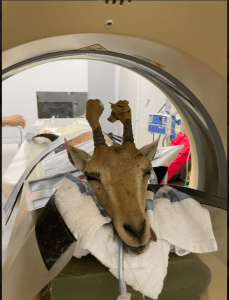
 Jared Zion, Class of 2023, hails
Jared Zion, Class of 2023, hails